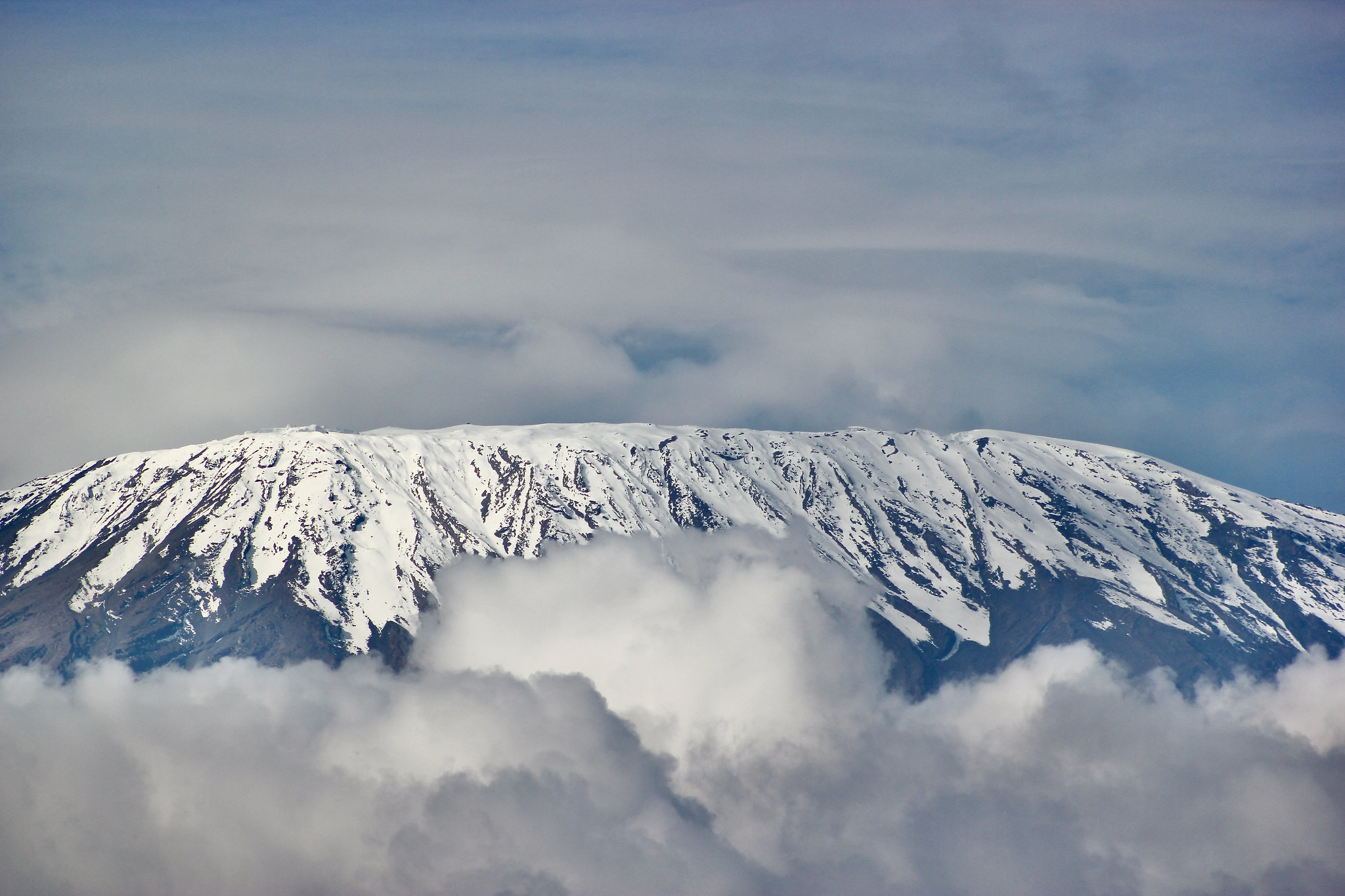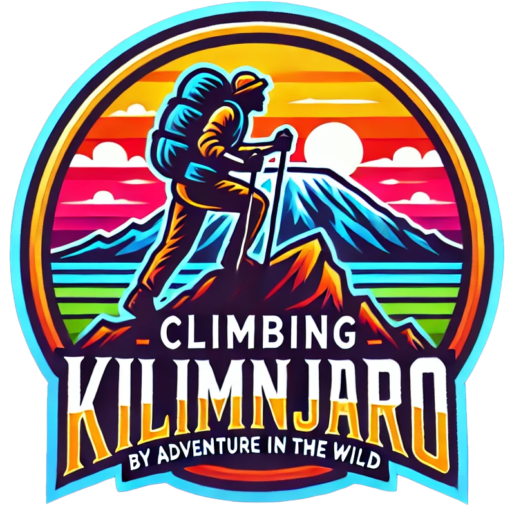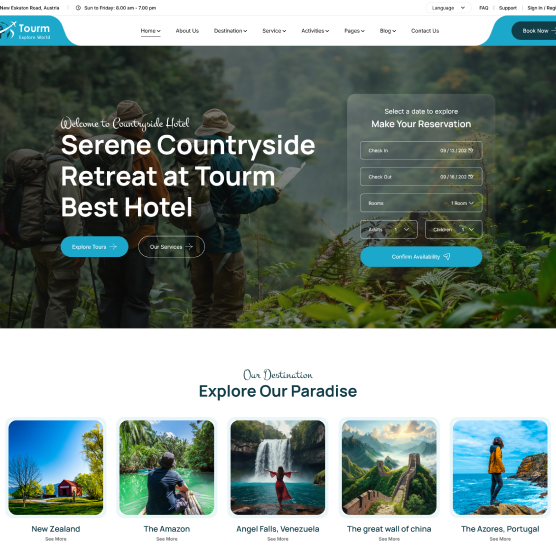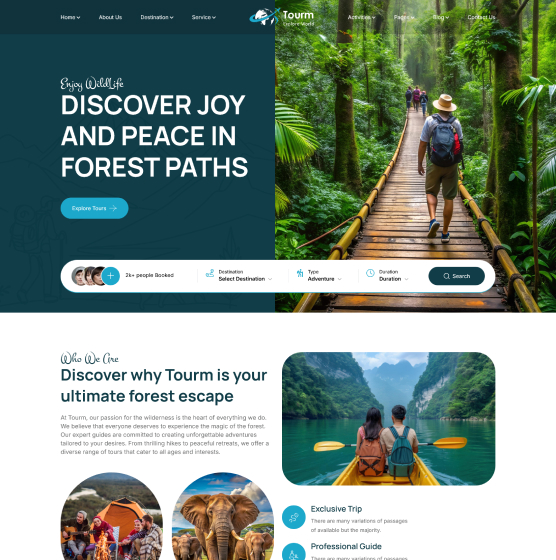Can I Climb Kilimanjaro Without a Guide?
We get questions sometimes about whether tourists would be able to climb Kilimanjaro by themselves.

Why people want to climb Kilimanjaro on their own
We see what the appeal is. Some people think they are “glamping” and being too spoiled when they have a full staff to lead the climb, carry the supplies, and do camp jobs. It’s their goal to go through all the challenges that come with climbing a seventh summit peak. They want to feel like they won every bit of the summit. And they feel a little bad about the four-star service they get from a big group of porters, cooks, and guides.
To save money, some people want to climb without help. The expenses associated with a Kilimanjaro trek are quite high. The park fees are the biggest part of the working costs, but the staff’s salaries are the second biggest. It would make sense to cut costs by getting rid of the mountain crew completely.
Why you shouldn’t climb Kilimanjaro without a guide
Not surprisingly, you can’t climb Kilimanjaro without a certified guide. Kilimanjaro National Park Authority made these rules about “unsupported treks” on the mountain in 1991. Those laws are still in place right now. So, it is against the park’s rules to climb Kilimanjaro without an approved guide.
A licensed tour operator must also hire the guide or have some other connection to the licensed tour operator. The business that can buy park permits is the tour provider. In this case, a freelance guide without proof of working for a listed business does not qualify and cannot legally obtain permits.
The local rangers and guides know each other well and can spot outsiders. There are many eyes on the mountain because it is a busy spot. If someone finds you climbing without a legal guide, they can fine you, put you in jail, or send you back to your home country. There’s a high likelihood of catching you. Don’t let that happen!
How to Climb Kilimanjaro Without Porters
What if you only hire a guide?
It is legal to do this. The rules only say that you have to be with an approved guide. It doesn’t talk about carriers or other helpers. However, several significant issues render this project nearly impossible for most people.
The first thing the guide will need is at least one or two porters to carry his stuff. He would rather not have to carry tents, gear, gas, and food up the mountain for many days. He doesn’t think it’s your dream to climb without help, even if it is yours.
It would be like someone telling you to make your job harder and you doing it. Therefore, your guide will expect you to pay for himself and at least one or two additional porters.
Second, there is a big problem with getting water. On our supported walks, a group of porters leaves camp every day to get water in five-gallon buckets and bring them back to camp again and again. This way, our clients always have enough water for drinking, cooking, washing, and using the portable toilets.
At lower levels, this way of getting water is doable when the source is close. However, achieving success becomes very difficult at higher levels. It is not possible to get water above 13,000 feet. Barafu, School Hut, and Kibo Hut are high camps that are about 15,400 feet above sea level.
To climb without help, you would need to bring all of your gear along with enough water to last until you get back to 13,000 feet. For the hardest parts of the climb, your pack could weigh more than 70 pounds. It may still be possible to climb Kilimanjaro without guides, but it’s not a good idea in practice.
In conclusion
If you still want to climb this way after reading it, you should reconsider. There are times when you don’t have to be rigid. If you come to Tanzania, our mountain guides and porters will take care of you while you focus on your journey. Everyone agrees that they’re outstanding. You will be safer and have a lot more fun this way. You’ll also be helping the local business and the people who work there because they depend on tourism for a living.

















